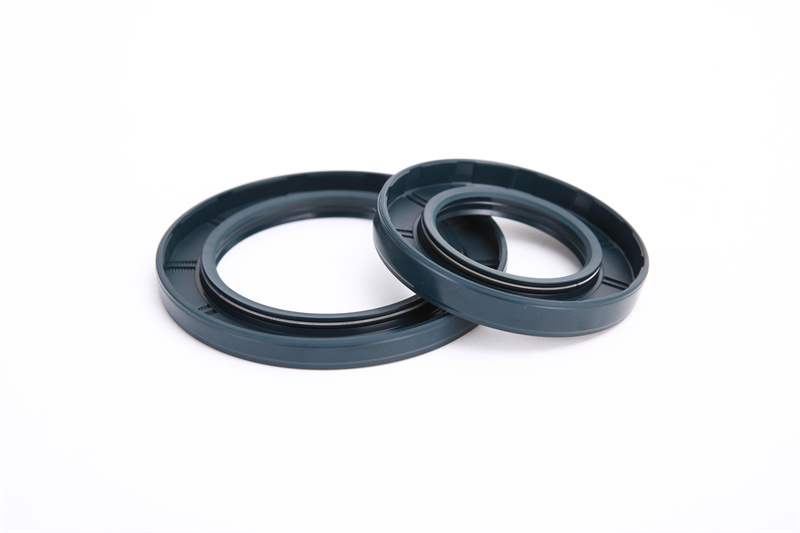Most experienced plant operators know these formula and will find this boring. However, this issue of “Cliff’s Notes” is directed to the less experienced operators, the new guys. They will find these things both interesting & informative.
To convert horsepower To KW: Pt Timing Belt

To calculate the length of a slat conveyor at a 45-degree angle:
To calculate the speed in FPM of a slat conveyor, the following information is needed:
To find asphalt % by total mix:
To calculate where you should be running with a known aggregate TPH:
To find the number of gallons delivered on a particular bill of lading:
To find asphalt gallons per ton:
To convert gallons of oil to tons:
To find out how many tons of oil are in an AC tank:
To figure how much mix you can make with a given quantity of oil:
To find pounds-per-gallon of any oil:
*Actual PPG of Water
To find U.S. gallons capacity of a cylindrical tank:
It requires approximately 165 CFM of air to produce 1 ton of hot mix.
To find the correct baghouse size for a particular drum:
* 1,000 feet per minute equals the air velocity through the dryer/mixer. This figure is usually down around 750 to 850 fpm, but using 1,000 fpm gives us a little bit of over sizing which is a good thing since we don’t want the air-flow through the baghouse to limit production rates.
To find the square feet of cloth in a particular baghouse, you need to know the diameter of bag (D), lengths of bags (L) and number of bags (N):
To find air-to-cloth ratio (should be under 5.- to-1 in batch, and 5.5-to-1 in drum plants):
Most manufacturers figure drum air velocity at between 900 and 1,000 FPM.
To find the speed of the conveyor:
Used in conjunction with an accurate tachometer, these pump specifications can be helpful to calculate pump outputs when considering erratic mix sample results relating to asphalt content.
A plant loses about 3% of its production rate per 1,000 feet of elevation due to the thinning of the air.

Flexible Belt Drive Plants are designed to remove 5% moisture. Obviously, the higher the moisture, the lower the production rate. NAPA publishes a series of charts to figure losses for elevation and moisture. Visit asphaltpavement.org for more information.